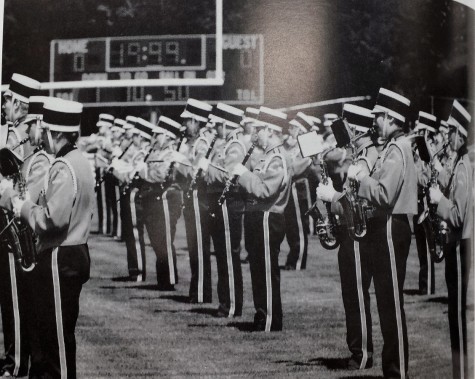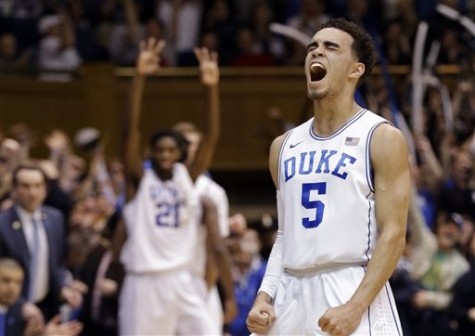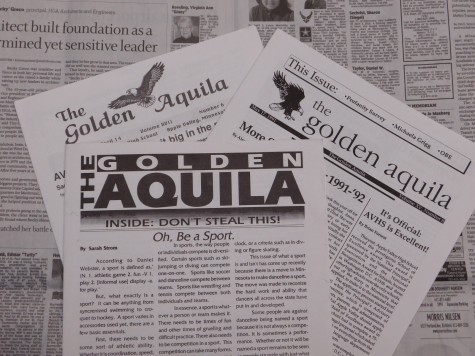The Faces of Apple Valley: Then & Now
Seniors of 1976 and seniors of 2016.
Apple Valley High School has been constantly evolving since its inception in 1976; from building renovations, to fashion fads, class offerings, and sports championships, AVHS is always moving forward with the times–and the student body is no exception.
According to the student statistics–courtesy of Mr. Degenaar–total enrollment size has increased dramatically since the 70s, with more students being sent off to college and a much greater number of students of color finding their way through the halls of our school.
The increase in student diversity is a major difference to the early years of Apple Valley High School’s inception. As science teacher Keith Randa, who’s been teaching at AVHS since 1984, recalls: “There were very few people of color back then, probably less than 10%, and there were very few ELL students. Now we see many more African American students, Hispanic students, and ELL students.”

However, the diversity of students in our school is probably a more authentic reflection of American society, with people of color making up an estimated 33% of the population of the U.S., according to the US Census Bureau and is by no means a detrimental aspect of our school.
“For me, as a teacher,” said Randa, “it’s not really the color of your skin [that matters], it’s how hard you work, and if you’re willing to put in the time to work. No matter the color of your skin, if you don’t put any effort into things, it’s going to be harder for you to learn.”
Much as the ethnic makeup of our student has changed, so have the expectations that society has on their family backgrounds. “When I started back in the fall of ‘89,” said English teacher Dr. Helgeson, “it was new money, upper middle class. The assumption was that both parents were working, were college educated, and that everyone was going off to college. Largely what you expect from an outer ring suburb back in those days.”
Nowadays, it is not uncommon to see students come from all types of socio-economic backgrounds and all types of mixed families.
The expectations held for students’ futures after college have also changed, with college attendance being pushed harder and harder.
“I think in the last 20 years there been a big push for students to go on to college,” said Randa. “I remember back then, besides having our regular courses, we also had more shop classes. We had a tech class that built houses in the back yard, and students would take that class and go on to learn how to become a carpenter. You could also spend part of the day over at Dakota Technical College and learn how to become a plumber. Back then schools offered students more trades. Nowadays we don’t really talk about that as an option as much as we did then.”
Student attitudes have also changed: “I would say 20 years ago, I had more students that would be willing to do homework,” said Randa. “If I give a reading assignment, years ago I would have almost everyone do it except maybe 10-15%; nowadays, you might have 20-30% that won’t do their reading assignment, because they don’t see the value in having to learn how to learn.”
Not all students share a similar belief about homework, however. Senior Allison Sentz said, “I think we should have less homework overall, but the homework we do have should be more reflective of the times that we live in. Encompassing all sorts of diversity.”
The curriculum, too, has had to adapt to our changing population and generations. “I used to be able to ask, ‘How many of you are familiar with the story of the Garden of Eden?’ And most hands would go up,” said Helgeson. “It was part of kind of a shared background, and that isn’t the case necessarily anymore. So as a teacher, I’ve had to broaden my horizons so I can make those connections and make what I’m teaching valuable.”
All the variety in the backgrounds of students has been largely responsible for the lack of a common shared background. However, each culture and religion that makes up AVHS adds to our school’s unique identity.
The student body is constantly changing in a way that reflects the era in which they live in, be it the funky clothes of the 70s and 80s or the punk attitude of the 90s. As for this reporter’s opinion, I can’t wait to see how unique AVHS will be in another 40 years.







